Luke Munn – 6 October, 2013
The exhibition feels most successful when it dwells in a zwischenraum (between space), hovering between film and canvas, painting and architecture, where the ‘after-image' of the artist or the active presence of the viewer is able to invigorate the works. Conversely some of the more autonomous works firmly in the modernist vein lack the scale and the confidence to become compelling explorations of form or surface.
In previous exhibitions Andrew Beck has explored time-sensitive phenomena, basing his works on the movement of light and shadow across the surface of the gallery wall, as in 11:35am - 11:55am (light drawing), or extrapolating the ‘dead space’ inherent in the gallery into a block of black materiality (1). This new body of work, while using many of the same processes and Beck’s trademark black abstracted forms, initiates a move away from these ‘moment-based’ works to explore a kind of timelessness. A piece like Inertia (Te KoreKore) for example, consists of a series of identical photographs composed of a single white line running horizontally - inspired by Maori notions of empty space or the void, as something brimming with potentiality (2) .
Stacked end to end, Beck’s ‘mechanical reproductions’ of the photograph extend the work in size but neither add nor subtract from the infiniteness of the horizontal line, a primal form which as noted in Mondrian’s work, isn’t halted at the canvas edge but stretches ‘far beyond its borders so that it seems a fragment of a larger cosmos’ (3) . Similarly Beck’s single intervention in the gallery, Invariant Shadow posits an impossible shadow in the middle of the fluorescent-lit space, moving away from temporal trompe-l’oeil effect to establish a more arbitrary, abstracted relationship between white pillar, black paint, and viewer’s moving body.
Beck intentionally employs these abstracted, modernist motifs to maintain the focus on materiality, form and process, rather than allowing any recognisable image content to confuse the reading (4). In this way the works seem partially inspired by the Greenbergian ideal of a self-reflexive art which acknowledges the ‘limitations that constitute the medium of painting: the flat surface, the shape of the support, the properties of the pigment.’ (5) Many of Beck’s hard-edged forms of glossy, stroked black over matte black exemplify this school of thought and recall something like Abstract Painting, No. 6 by Ad Reinhardt, who described his own work as ‘a pure, abstract, non-objective, timeless, spaceless, changeless relationless, disinterested painting.’(6)
Simultaneously however, there’s a calculated failure to reach the lofty heights of pure Modernism in these pieces. By utilising photo paper and other photographic techniques, Beck’s ‘canvases’ contain betrayals of their construction in the flotsam and jetsam captured during their long-exposure: dust and scratches, bubbles and footprints reveal a scene, a second. The detritus of daily life is dragged into the frame - the mutable and transient sitting alongside ageless, primary forms - matter out of place (7). “Precisely by slicing out this moment and freezing it, all photographs testify to time’s relentless melt.”(8)
As Borges reminds us, “every photograph is a certificate of presence”(9), rays scattering off something and emanating back through a lens, authenticating both the subject and photographer as undeniably being there, being then. While The light through two doors primarily features a white line, the eye wanders away from the central motif to reveal the ghostly hands of the artist in the upper corners, exposed when Beck unrolled photographic paper to capture a light beam occurring in an industrial section of central Wellington. In this way it’s reminiscent of Adam Broomberg & Oliver Chanarin’s piece, The Day Nobody Died (10), where the artist duo, embedded with the British Army in Afghanistan, exposed photographic paper for 20 seconds. If that work used abstraction to critique the violent realism of conflict journalism, this piece moves in precisely the opposite direction - by executing these modernist ‘paintings’ in the medium of photography, Beck opens up the hermetically sealed sublime into a dustier, dirtier space of light and air, mistake and movement.
10 years after his hard-lined call for self-reflexivity in ‘Modernist Painting’, Greenberg seemed to soften his stance just a little, conceding ‘”Purity” of and in art - any art, including music and dance - is an illusory notion, of course. It may be remotely conceivable or imaginable, but it can’t be realized because it can’t be recognized any more than a “pure” human being.’(11) If a previous generation of New Zealand painters were presented a pure modernism via the thumbnail images of art quarterlies, Beck belongs to an age of airline deregulation (12) and hi-res scans, able to analyse the originals online or in-situ and reveal the brush marks, roughness and surprisingly human presence within these seminal works.
Overall then the exhibition feels most successful when it dwells in a zwischenraum (between space), hovering between film and canvas, painting and architecture, where the ‘after-image’ of the artist or the active presence of the viewer is able to invigorate the works. Conversely some of the more autonomous works firmly in the modernist vein lack the scale and the confidence to become compelling explorations of form or surface. It seems Beck is best when he sets up relations outside the picture plane, hovering as photo-residue above it, emanating outward from it as horizontal trajectory, or ignoring it entirely in the case of his floor or wall drawings, “challenging my perception of the space in its surround.” (13)
Luke Munn
(1) Amery, M. Treating Space with Photography. http://eyecontactsite.com/2012/05/treating-space-with-photography
(2) Creation, http://maaori.com/whakapapa/creation.htm
(3) Sylvester, D. 1996. About modern art. London: Chatto & Windus.
(4) Conversation between artist and author. 20 September 2013. Berlin, Germany
(5) Greenberg, C. Modernist Painting. http://www.sharecom.ca/greenberg/modernism.html
(6) Reinhardt, A, University of Iowa Collection, http://uima.uiowa.edu/ad-reinhardt/
(7) Douglas, M, Purity and Danger. http://www.bc.edu/bc_org/avp/cas/his/schloesser/HS041-042/fall/w04/resources/DOUGLAS_Purity-Danger.pdf
(8) Sontag, S. 1977. On photography. New York: Farrar, Straus and Giroux.
(9) Barthes, R. 1981. Camera lucida. New York: Hill and Wang.
(10) Broomberg, A. and Chanarin, O., Photographs on Artnet. http://www.artnet.com/galleries/exhibitions.asp?gid=480&cid=180070
(11) Greenberg, C., Detached Observations. http://www.sharecom.ca/greenberg/detached.html
(12) Thompson, D. How Airline Ticket Prices Fell 50% in 30 Years (and Why Nobody Noticed). http://www.theatlantic.com/business/archive/2013/02/how-airline-ticket-prices-fell-50-in-30-years-and-why-nobody-noticed/273506/
(13) Amery, M. Treating Space with Photography. http://eyecontactsite.com/2012/05/treating-space-with-photography
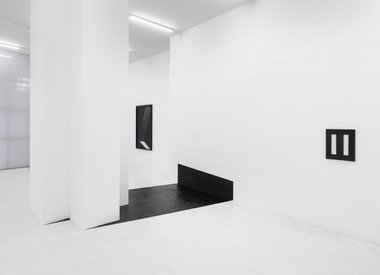
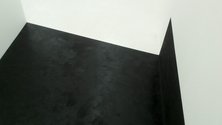

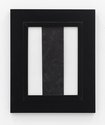
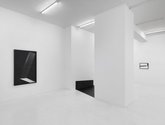
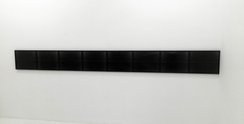


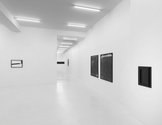
 Advertising in this column
Advertising in this column Two Rooms presents a program of residencies and projects
Two Rooms presents a program of residencies and projects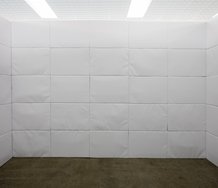
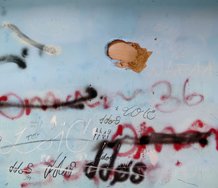
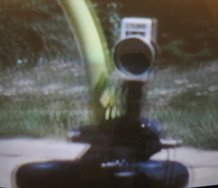
This Discussion has 0 comments.
Comment
Participate
Register to Participate.
Sign in
Sign in to an existing account.